The introduction of 5 Minute Settlement in the National Energy Market, which the energy industry has been working towards since late 2017, and which was intended to improve price signals to stimulate investment in capacity and demand response technologies, will be delayed by up to a year as energy regulators move to prioritise work essential to maintaining a secure and resilient power system during COVID-19.
On Good Friday, John Pierce, chairman of the rule maker Australian Energy Market Commission (AEMC) released a statement saying the AEMC was “working very closely together” with the Australian Energy Market Operator (AEMO) and the Australian Energy Regulator (AER) and “thinking ahead on how best to protect consumers and support industry” during the current pandemic.
The resulting draft COVID-19 power plan has been circulated to industry for consultation. Stakeholder workshops to discuss the proposals are being scheduled this week, and the final power plan is expected to be finalised by the end of April.
5 Minute Settlement is regarded as an important market reform that brings settlement periods (currently operated on a 30-minute basis) in line with the dispatch process by which generators are scheduled (operated on a 5-minute basis since the start of the NEM in 1988).
It was scheduled to come into force by 1 July 2021.
When the reform was agreed, AEMO identified some 70 procedures that would require updating due to the rule change, of which 20 were anticipated to need formal Rules procedure consultation.
“This critical market reform will reward fast-response energy generation like batteries, demand response providers and new-generation gas peaker plants,” said Pierce in his statement. “But it does require a large-scale IT response by the industry and to that end the proposal is to pause requirements on industry for 12 months to take financial pressure off during this economically challenging time.”
The implication at this stage is that the requirement will come into force on 1 July 2022.
Pierce added that AEMO’s work on implementing the reform, which impacts its Electricity Market Management System and Market Settlement and Transfer Solution will continue, so that “we can still pick up the baton post-pandemic”, since AEMO will have completed its own preparatory work.
Power priorities for a pandemic situation
The draft COVID-19 power plan was produced in the wake of the meeting by teleconference of COAG Energy Council in March, at which ministers agreed that the Energy Security Board should coordinate action across the market bodies to implement interim measures to improve visibility of, and confidence in system security services, while more fundamental reforms are designed and implemented.
Other key projects slated to continue under the pandemic power plan include:
- Developing a dynamic two-sided market which includes the trading of and management of energy generated by consumers; reforming the way generators access the grid as part of the Coordination of Generation and Transmission Investment (COGATI) review; and introducing a demand-response mechanism to the market which will encourage large customers to adjust energy consumption in response to market signals — effectively also trading their energy use in the market.
- Progressing two recent rule changes that help ensure power-system security
- Improve the preparation for and response to blackouts by implementing changes to system restart ancillary services
- Mandating the obligation for generators in the NEM to help control system frequency by automatically responding to changes in the system.
This last rule change was also introduced during the COVID-19 pandemic, on 26 March, and is part of a suite of measures designed to ensure reliability of Australia’s power system.
The obligation to respond is intended as an interim measure, in place for three years, during which time AEMO has undertaken to progress the development of payment mechanisms to incentivise investment by industry in technologies such as utility-scale batteries that can provide fast-frequency response.
Meeting the primary frequency-response requirement is also likely to result in costs of compliance for generators. The regulators’ prioritising of system security during COVID-19 puts it ahead of the need for generators to update processes that would enable 5 Minute Settlement.
“We want to strike a balance, on what work needs to continue, what can be slowed down and what can be deferred,” said Pierce.
Overall, incentivising industry investment in large-scale battery systems, which have been expected to help mitigate transmission woes and which have been trialled and found difficult to monetise under current market conditions, has taken a back seat, relative to “keeping the power system resilient”, “giving industry some breathing space”, and “protecting the momentum on key market reforms to benefit consumers”, as stated by Pierce.
This content is protected by copyright and may not be reused. If you want to cooperate with us and would like to reuse some of our content, please contact: editors@pv-magazine.com.

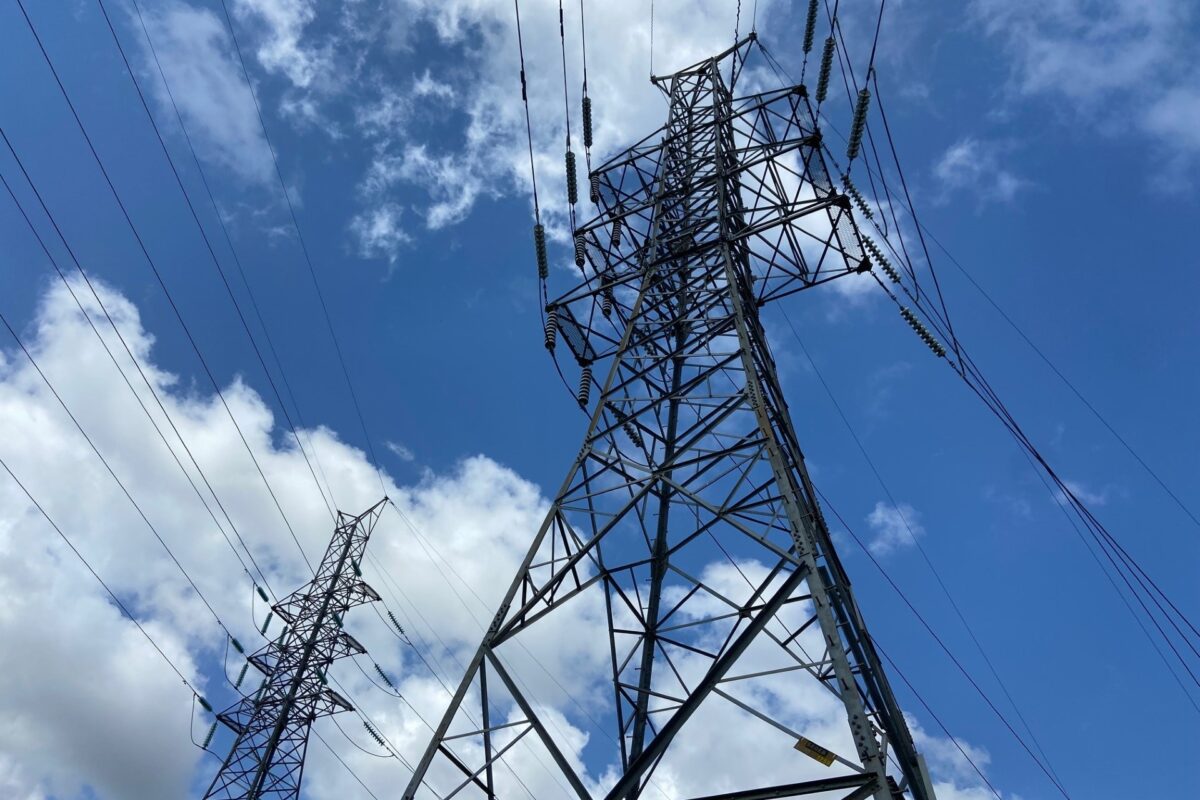


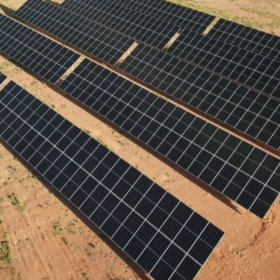
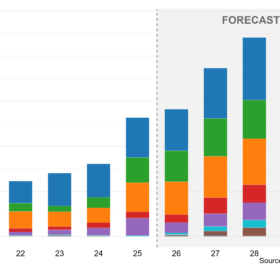
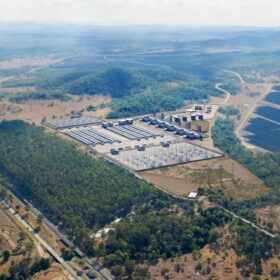
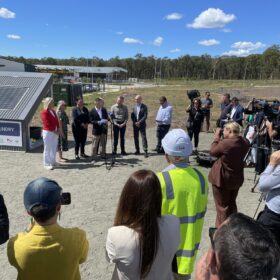
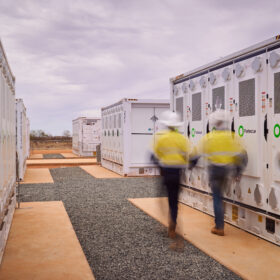
1 comment
By submitting this form you agree to pv magazine using your data for the purposes of publishing your comment.
Your personal data will only be disclosed or otherwise transmitted to third parties for the purposes of spam filtering or if this is necessary for technical maintenance of the website. Any other transfer to third parties will not take place unless this is justified on the basis of applicable data protection regulations or if pv magazine is legally obliged to do so.
You may revoke this consent at any time with effect for the future, in which case your personal data will be deleted immediately. Otherwise, your data will be deleted if pv magazine has processed your request or the purpose of data storage is fulfilled.
Further information on data privacy can be found in our Data Protection Policy.